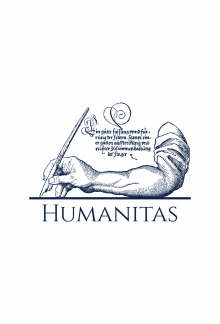- Titulinis
- Dalykinė ir mokslinė literatūra
- Fiziniai ir gamtos mokslai
- Biologija
- Viral, Parasitic, Bacterial, and Fungal Infections

Viral, Parasitic, Bacterial, and Fungal Infections
Balsavo 0
ISBN: 9780323857307
Leidimo metai: 2022
Leidėjas: Academic Press
Leidinio kalba: Anglų
Formatas: Minkšti viršeliai
Formatas: 10.875×8.5
Leidimo metai: 2022
Leidėjas: Academic Press
Leidinio kalba: Anglų
Formatas: Minkšti viršeliai
Formatas: 10.875×8.5
Kaina:
Šių parametrų produkto neturime
Likutis pakankamas
Iš leidyklos gausime per 3-5 savaitės. Galimas vėlavimas
Turime sandėlyje. Pristatymas Lietuvoje 1-4 d.d.
Iš leidyklos gausime per 3-5 savaitės. Galimas vėlavimas
Pristatymo sąlygos
Aprašymas
<p><i>Viral, Parasitic, Bacterial, and Fungal Infections: Antimicrobial, Host Defense, and Therapeutic Strategies</i> highlight diverse types of infections, including viral, bacterial, parasitic, fungal, and the therapeutic efficacy of antibiotics, antivirals, antifungals and other medications, nutraceuticals, and phytotherapeutics. This book addresses the molecular, pathophysiological, and cellular pathways involved in the process of infection. It also examines the host defense mechanisms modulated by innate and adaptive immunity. The book starts off with an introduction, which includes etiology, pathophysiology, and diagnosis of infections. It then goes on to cover a wide spectrum of salient features involved in viral, bacterial, parasitic, and fungal infections and effective therapeutic strategies. In addition, there is a complete section of eight chapters elaborating the detailed aspects of COVID-19 infections, Mucormycosis, Omicron, and strategic vaccines and therapeutics. The book further goes on to discuss novel antibiotics, vaccines, bromhexine, boron compounds, phytotherapeutics, and aspects on boosting immune competence. Contributed by experts in the fields of viral, parasitic, bacterial, and fungal infections, the book comprehensively details the various types of infections such as herpes and COVID-19, their molecular mechanisms, and treatment strategies for those engaged in the research of infectious diseases. </p>
Atsiliepimai (0)
Palikite atsiliepimą
